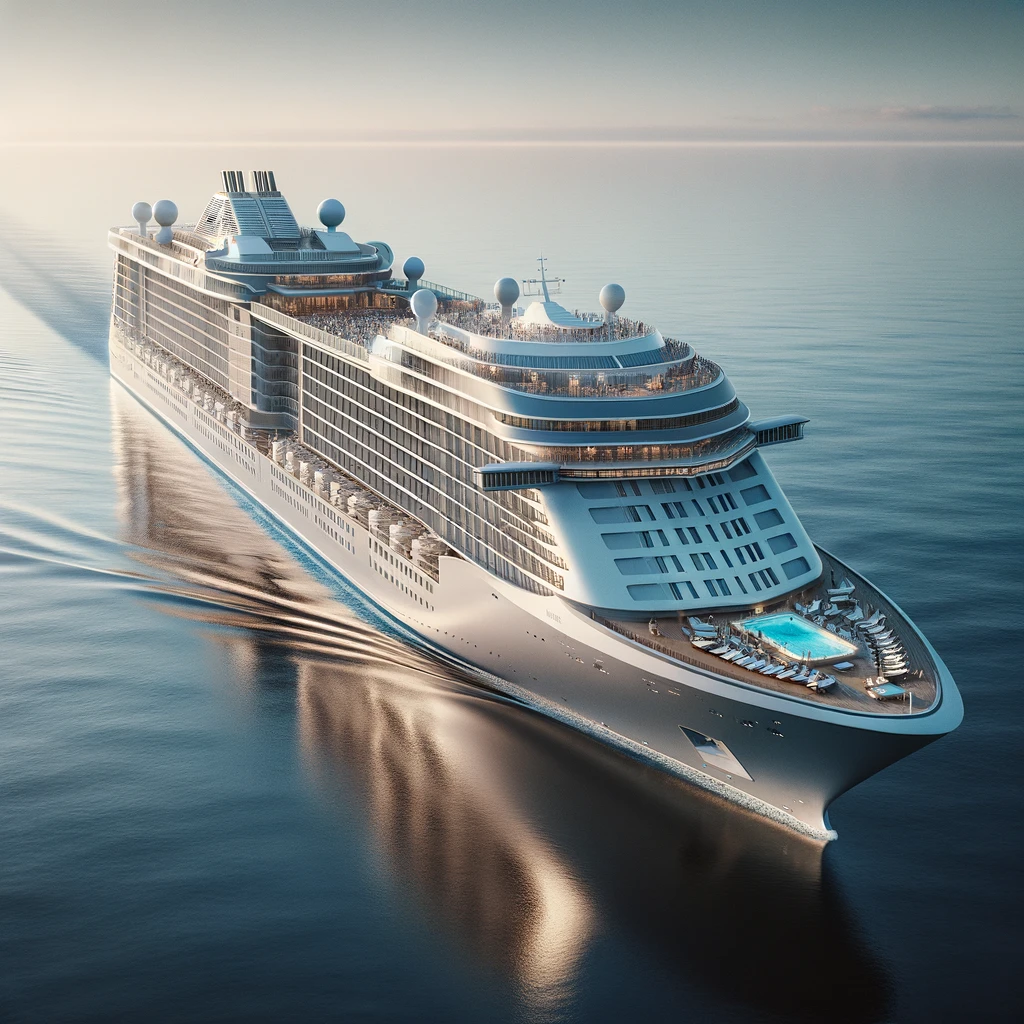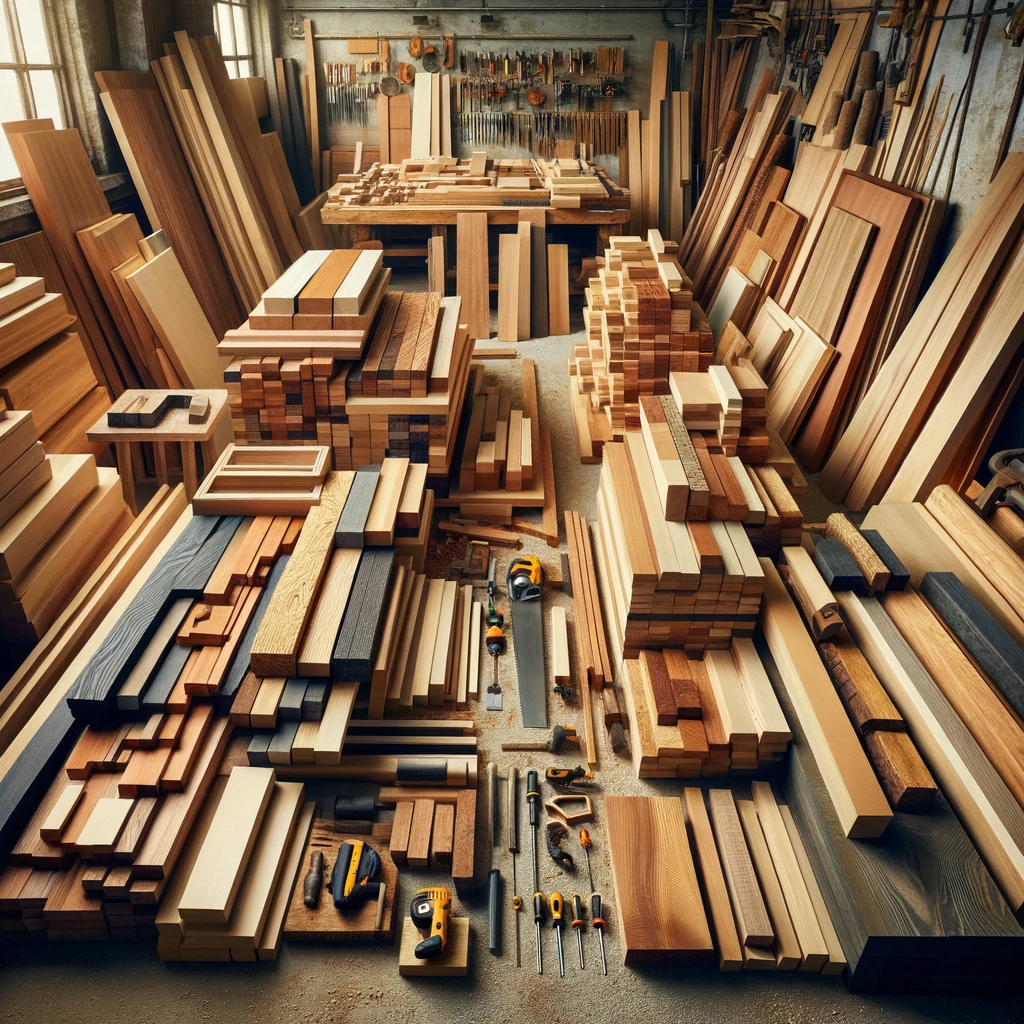If you’ve never heard of Iris Apfel, she is certainly worth spending a few minutes to know. In a world often swayed by fleeting trends and cookie-cutter fashion, Iris Apfel definitely stood out. With her oversized black-rimmed glasses and her slender frame, she was a force of fashion. At the age of 102, the fashion iconoclast recently died in her Palm Beach home, leaving behind a legacy as colorful and layered as her signature chunky accessories.

Iris was an influential interior designer and so much more. From art exhibitions to magazine covers, a cosmetic line, a documentary, a modeling contract, and even a Barbie doll in her likeness, Iris did it all with the fervor of someone who lived for the thrill of the next creative conquest.
Born in Queens, New York, Iris started shopping at 11. As a married woman, Iris and Carl founded Old World Weavers, jet-setting across continents in pursuit of exquisite fabrics. Their client list boasted names like Estée Lauder, Greta Garbo, and a who’s who of US presidents. Even Jackie Kennedy couldn’t resist their flair, enlisting their expertise for the White House’s aesthetic overhaul.
As she sauntered into her 90s, Iris became the muse for Kate Spade, collaborated with MAC Cosmetics, and launched her own line of everything fabulous on the Home Shopping Network. Despite rubbing shoulders with the fashion elite, Iris remained grounded, equally at home scouring flea markets for unique finds as she was in high-end boutiques.
When asked to encapsulate her philosophy on life, Iris simply said, “Only one trip.” Then, with a twinkle in her eye, she’d add, “Might as well live it up.”
Iris Apfel was more than just a style icon; she was a rare bird who taught us that fashion is about more than clothes—it’s about expressing who you are with unapologetic bravado. Her legacy is a vibrant tapestry of bold choices, fearless living, and a reminder to embrace every moment with passion and panache.





